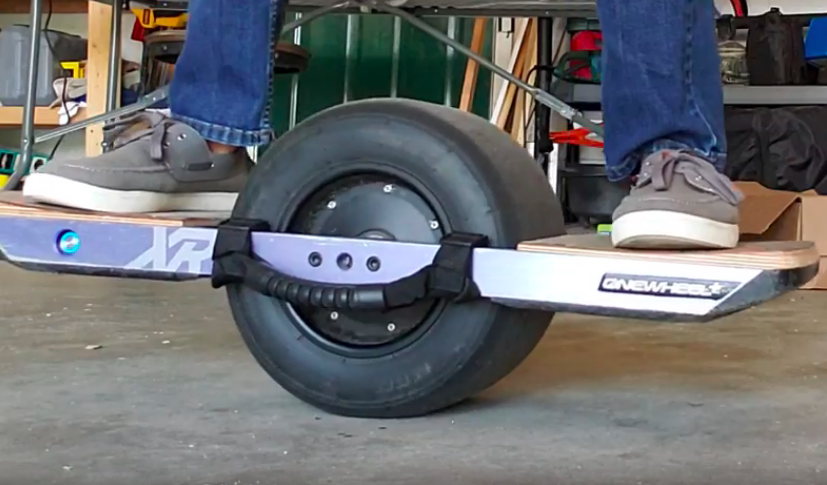We’ve moved! Check out our FULL article here. Summary below.
The decision of whether to use a fender with your Onewheel is a significant one. The fender serves both practical and aesthetic purposes, with a set of pros and cons to consider.
Pros of using a fender:
1. Keeps your pants and shoes clean.
2. Preserves the cleanliness of your Onewheel.
3. Provides protection for your ankles and shins from the spinning wheel.
4. Offers a canvas for personalization through stickers and paint.
5. Guards your pants when carrying the Onewheel.
Cons of using a fender:
1. May generate increased noise while riding.
2. Could trap debris, making cleaning difficult.
3. Conceals the iconic wheel, which some riders appreciate.
Using a fender prevents dust, dirt, water, and rocks from being thrown onto your legs and shoes during your rides. It also safeguards against “ankle bites” caused by accidental contact with the wheel. While some riders may miss the aesthetic of the exposed wheel, a personalized fender can be a stylish alternative.
The main downsides to a fender are potential debris buildup underneath, noise, and the loss of the wheel’s visual appeal. Removable fenders with magnetic attachments are available, but they may not entirely address the issue of debris accumulation. To reduce fender noise, a rubberized undercoating spray can be applied to dampen rattling. Ultimately, the choice of whether to use a fender depends on your personal preferences and riding conditions.
Keep reading our FULL article here.
